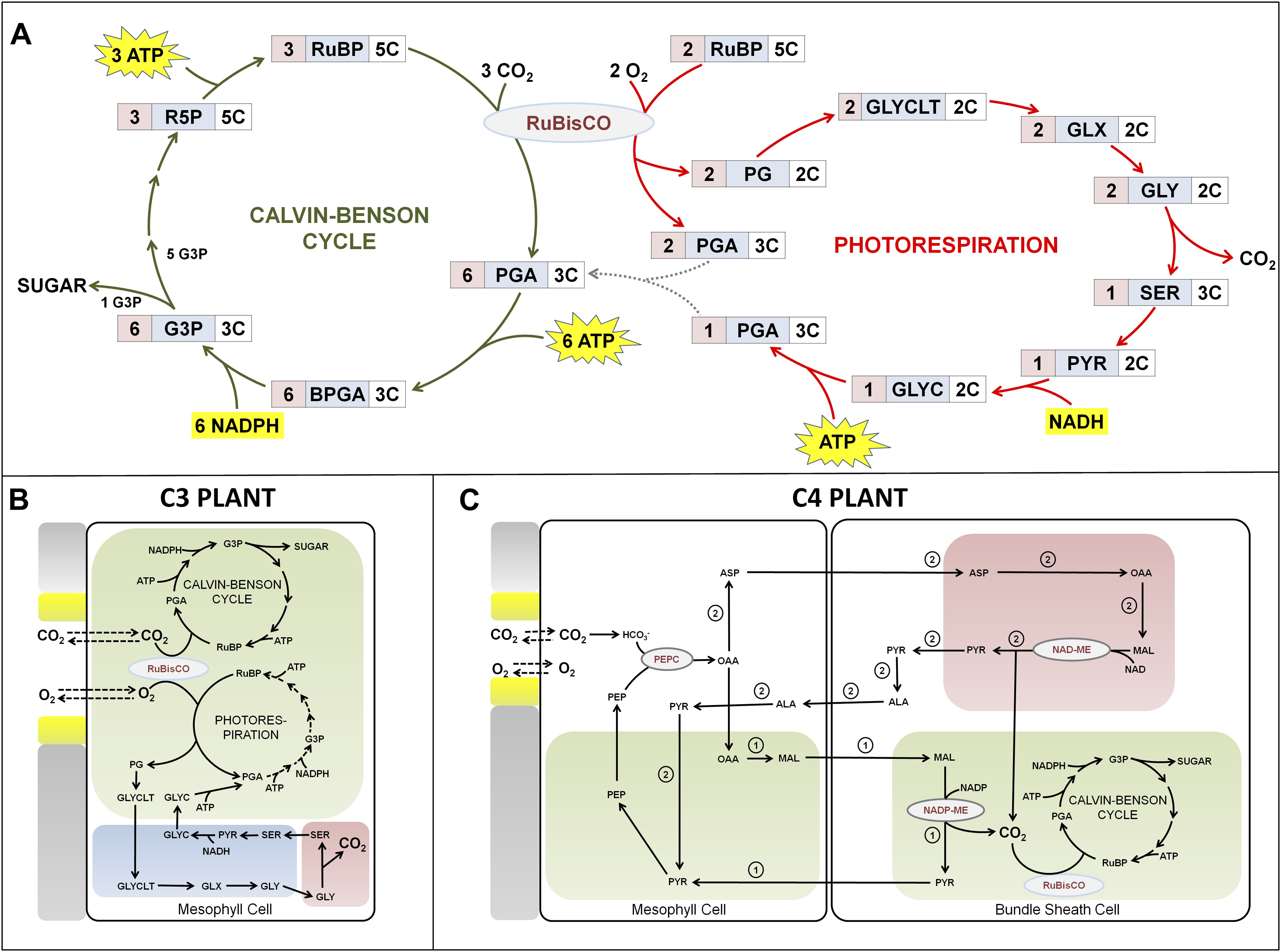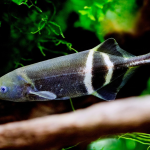The evolution of photosynthesis represents a pivotal moment in Earth’s biological history, marking the transition when sunlight became a primary energy source for life. This fundamental process not only produced vital oxygen, enabling aerobic respiration in organisms, but also facilitated the Great Oxidation Event that transformed the planet’s atmosphere. The intricate connection between photosynthesis and oxygen metabolism suggests a complex biochemical evolution, as life forms adapted to utilize oxygen in their metabolic processes. New discoveries, such as methyl-plastoquinone, may hold the key to understanding how early bacteria could have bridged the gap between photosynthetic oxygen production and aerobic respiration. As researchers delve deeper into these molecular connections, they bring us closer to unlocking the mysteries of our planet’s oxygen-rich biosphere.
Delving into the origins of energy conversion in living organisms, the development of photosynthetic processes is essential for understanding how life evolved on Earth. This transformation allowed organisms to harness sunlight for energy, ultimately leading to the complex interplay of oxygen metabolism in various life forms. This bioprocess not only laid the groundwork for aerobic respiration but also played a crucial role during significant events such as the Great Oxidation Event. The recent identification of methyl-plastoquinone highlights the evolutionary connections between oxygen production and consumption, suggesting that interactions in early microbial life could have existed simultaneously. These groundbreaking insights into biochemical evolution push us to rethink the timeline and mechanisms that shaped the atmosphere and the life it supports.
The Evolution of Photosynthesis and Aerobic Respiration
The debate surrounding the evolution of photosynthesis and aerobic respiration is an essential topic within the field of biochemistry. At its core is the question of which process emerged first: the ability of organisms to produce oxygen through photosynthetic processes, or the capability to consume oxygen via aerobic metabolism. The fundamental mechanics of photosynthesis involve organisms like algae and plants, which harness solar energy to convert carbon dioxide and water into energy-rich compounds, releasing oxygen as a byproduct. Conversely, aerobic respiration, primarily observed in animals, involves using oxygen to metabolize food into energy, producing carbon dioxide in the process.
Recent findings highlight the complexity of this evolutionary relationship, particularly through the study of a molecule called methyl-plastoquinone. This molecule has been identified as a potential link between photosynthesis and aerobic processes, suggesting that forms of oxygen metabolism may have existed alongside oxygen generation. The discovery opens up intriguing new angles on the evolutionary trajectory of life, proposing that some ancient bacterial species could have performed aerobic respiration before cyanobacteria began oxygen production. This perspective complicates the traditional linear view of evolution, hinting at simultaneous developments rather than a straightforward lineage.
Discovering Methyl-Plastoquinone: A Key Evolutionary Link
Methyl-plastoquinone represents a critical breakthrough in understanding the biochemical evolution linking photosynthesis and aerobic respiration. The initial discovery was serendipitous, occurring during research aimed at unrelated bacterial molecules. The finding of this specific quinone, which appeared to play roles resembling those in both photosynthetic and respiratory contexts, has the potential to reshape our understanding of how life adapted to utilize oxygen. Quinones, which are far-reaching in their role across different life forms, have traditionally been categorized into those necessary for aerobic respiration and those utilized in photosynthesis. Methyl-plastoquinone, being a hybrid of sorts, possibly signifies a pivotal evolutionary moment.
This discovery could indicate that the processes of oxygen generation and consumption were not compartmentalized in early life forms. Moreover, it may reveal that the metabolic adaptations necessary for coping with oxygen’s reactive nature had already begun to evolve prior to the Great Oxidation Event. This era, characterized by a dramatic increase in atmospheric oxygen approximately 2.3 billion years ago, laid the groundwork for diverse life forms. By understanding methyl-plastoquinone as a molecular ‘living fossil,’ scientists can trace back biochemical evolution and comprehend how ancient organisms managed the challenges posed by oxygen metabolism, influencing the path taken by all aerobic life forms today.
The Great Oxidation Event: Nature’s Turning Point
The Great Oxidation Event (GOE) marks a transformational period in Earth’s history when photosynthetic cyanobacteria began producing oxygen on a scale unprecedented at the time. This oxygen accumulation led to significant changes in the planet’s atmosphere and biosphere, paving the way for aerobic respiration. Prior to this event, the atmosphere was rich in methane and other reduced gases; however, as photosynthetic organisms proliferated, oxygen began seeping into the atmosphere, fundamentally altering the chemistries of life. The transition from anaerobic to aerobic systems enabled more complex forms of life to emerge, leading to the biodiversity we witness today.
Analyzing the role of photosynthesis during the GOE is crucial for understanding the evolutionary chronology of life. Complementary discoveries, such as that of methyl-plastoquinone, suggest a more intricate narrative where oxygen-utilizing mechanisms may have coexisted with oxygen producers before the atmospheric shifts. Thus, the GOE could not be viewed merely as a moment of change but rather as a confluence of biological processes that set the stage for aerobic adaptation and specialization across various species. Thus, the evolution of oxygen-producing photosynthesis and oxygen-consuming respiration exemplifies the dynamic interplay between living organisms and their environments.
Oxygen Metabolism: A Crucial Process for Life
Oxygen metabolism is vital for most life forms on Earth, particularly for those that rely on aerobic respiration to extract energy from consumed nutrients. This intricate process involves multiple biochemical pathways, where oxygen acts as the final electron acceptor in the cellular respiration cascade. Without these oxidative mechanisms, multi-cellular organisms would struggle to survive, as the energetic yield from anaerobic processes is limited compared to aerobic pathways. The ability to safely metabolize oxygen has allowed diverse life forms to evolve, adapt, and thrive in a variety of ecological niches.
The complexity of oxygen metabolism can lead to harmful byproducts, particularly reactive oxygen species (ROS), which pose potentially lethal risks to cells. Hence, the evolution of mechanisms that manage these byproducts is equally as essential as the development of those that utilize oxygen effectively. Oxygen metabolizing systems have developed sophisticated responses that protect cells from oxidative damage. Understanding these systems is pivotal in comprehending not only how organisms evolved to breathe and exploit oxygen but also how they maintain cellular integrity in an oxygen-rich environment.
Biochemical Evolution: Insights from Ancient Molecules
Biochemical evolution encompasses the changes in molecular structures and functions over geological timescales, showcasing the intricacies of life’s adaptability to environmental changes. Recent discoveries, notably the identification of ancient molecules like methyl-plastoquinone, offer a glimpse into this evolutionary history. These molecules serve as vital records of the processes and adaptations that early life forms underwent, revealing the shared biochemical ancestry between disparate life forms. As scientists delve deeper into the molecular specifics of ancient organisms, they uncover how these evolutionary tools—such as quinones—have influenced both metabolic pathways and ecological interactions.
Understanding biochemical evolution also allows researchers to draw connections between ancient and modern systems. The variations observed in quinones among different organisms, including humans, algae, and bacteria, highlight a remarkable adaptability over billions of years. As current research unfolds, these insights will not only broaden our understanding of life’s origins but may also have practical applications in biotechnology and medicine. Exploring the ancestral forms of critical molecules can provide clues on how to harness energy more efficiently or engineer new metabolic pathways that could enhance biocompatibility and sustainability in various scientific fields.
The Role of Quinones in Photosynthesis and Respiration
Quinones, a diverse class of organic compounds, play crucial roles in the processes of photosynthesis and respiration. In plants, quinones such as plastoquinone are integral to the photosynthetic electron transport chain, efficiently transferring electrons during light-driven energy conversion. This energy ultimately drives the synthesis of glucose, effectively capturing solar energy as chemical energy. Understanding the role of these compounds has profound implications not only for our grasp of plant biology but also for advancements in renewable energy technologies.
In contrast, quinones in aerobic organisms are primarily associated with mitochondrial respiration, where they facilitate electron transport within the inner mitochondrial membrane. It is through this pathway that oxygen is used to metabolize glucose, producing energy for cellular functions. The evolutionary link established by the discovery of methyl-plastoquinone emphasizes the interconnectedness of these metabolic processes, indicating that certain molecular adaptations may have allowed for a seamless transition from anaerobic to aerobic systems. The continuous study of quinones will undoubtedly enhance our understanding of the biochemical intricacy underpinning both life and energy flow in ecosystems.
Implications of Oxygen Production on Biodiversity
The onset of significant oxygen production due to photosynthesis sparked substantial ecological changes that led to the diversification of life forms. The Great Oxidation Event not only shifted the composition of Earth’s atmosphere but also allowed for the emergence of complex multicellular organisms reliant on aerobic respiration. As oxygen became increasingly available, it created new evolutionary pressures and opportunities, fostering biodiversity as organisms adapted to thrive in this new aerobic environment. Today, the presence of oxygen is a defining feature of Earth’s biosphere, influencing everything from cellular metabolism to atmospheric dynamics.
The interplay between oxygen production and the evolution of various life forms demonstrates how changes in one aspect of the biosphere can have cascading effects on other ecological and evolutionary processes. As organisms developed sophisticated strategies to utilize and manage oxygen, they also created diverse interactions within ecosystems, leading to the establishment of complex food webs and biogeochemical cycles. Thus, understanding the evolution of oxygen production is not merely an inquiry into metabolic pathways but a key to deciphering the intricate tapestry of biological diversity that characterizes our planet.
Future Research Directions in Evolutionary Biochemistry
Exploring the evolutionary links between aerobic respiration and photosynthesis remains a vibrant field with numerous avenues for future research. The recent discovery of methyl-plastoquinone provides a significant opportunity to further investigate the molecular adaptations that occurred during the early stages of life on Earth. Researchers are increasingly utilizing advanced genomic and proteomic techniques to unravel the evolutionary history of metabolic pathways, aiming to trace back to the fundamental origins of these life-sustaining systems. Such endeavors may reveal not only the mechanics of early energy capture and utilization but also the environmental contexts that propelled these evolutionary shifts.
Moreover, interdisciplinary collaboration between paleobiology, chemistry, and environmental science can greatly enhance our understanding of evolutionary biochemistry. By integrating insights from geological records, molecular histories, and contemporary ecological studies, scientists can develop comprehensive models that accurately depict the co-evolution of photosynthetic and respiratory processes. This holistic approach will likely yield critical insights into how life adapts and responds to changing environmental pressures, shedding light on the future of biodiversity as ecosystems face contemporary challenges linked to climate change and habitat loss.
Frequently Asked Questions
What is the role of photosynthesis evolution in oxygen metabolism?
Photosynthesis evolution marks a significant turning point in oxygen metabolism, as it facilitated the production of oxygen by organisms like cyanobacteria. This process not only contributed to the rise of atmospheric oxygen during the Great Oxidation Event but also laid the foundation for aerobic respiration, allowing other organisms to utilize oxygen for energy production.
How does the discovery of methyl-plastoquinone impact our understanding of photosynthesis evolution?
The discovery of methyl-plastoquinone offers insights into photosynthesis evolution by suggesting a potential link between oxygen production and consumption. This molecule serves as a ‘living fossil’, revealing that certain bacteria may have harnessed oxygen metabolism before cyanobacteria developed the capacity for oxygen-producing photosynthesis.
What is the Great Oxidation Event and its connection to photosynthesis evolution?
The Great Oxidation Event, occurring around 2.4 billion years ago, was a pivotal moment in the evolution of photosynthesis. This event was characterized by cyanobacteria’s ability to produce significant amounts of oxygen through photosynthesis, dramatically increasing atmospheric oxygen levels and enabling the evolution of aerobic respiration in other life forms.
Did aerobic respiration evolve before or after photosynthesis?
Research into photosynthesis evolution suggests that while cyanobacteria were among the first to produce oxygen, some early bacteria may have utilized oxygen for energy prior to this. Therefore, it appears that aerobic respiration and the capability for oxygen-producing photosynthesis may have evolved concurrently.
How does biochemical evolution relate to photosynthesis evolution?
Biochemical evolution encompasses the changes and adaptations in metabolic processes over time. Photosynthesis evolution significantly influenced biochemical evolution by introducing mechanisms for oxygen production, which in turn shaped the metabolic pathways, including aerobic respiration, that many organisms rely on today.
What are quinones and their significance in photosynthesis evolution?
Quinones are vital molecules found across all life forms, classified mainly into aerobic and anaerobic types. Their significance in photosynthesis evolution is highlighted by discoveries like methyl-plastoquinone, which suggests a shared ancestry between the quinones used in photosynthesis and those utilized for aerobic metabolism, paving the way for a deeper understanding of cellular energy processes.
How did early life forms adapt to oxygen produced by photosynthesis?
Early life forms adapted to oxygen produced by photosynthesis by developing sophisticated biochemical pathways to handle oxygen’s potentially harmful byproducts. This adaptation was crucial for survival and paved the way for the diversification of life, as organisms evolved mechanisms to utilize oxygen in aerobic respiration.
What implications does understanding photosynthesis evolution have for modern biology?
Understanding photosynthesis evolution gives us critical insights into the origins of aerobic life and cellular respiration. It informs current biological research, helping us to explore evolutionary relationships among species and to enhance our knowledge of metabolic processes essential for life.
| Key Point | Description |
|---|---|
| Background | The debate centers on whether photosynthesis or aerobic metabolism came first. |
| Research Discovery | Researchers found methyl-plastoquinone, a possible missing link molecule. |
| Quinones | Quinones are essential for metabolism, with distinctions between aerobic and anaerobic types. |
| Great Oxidation Event | A period when cyanobacteria significantly increased oxygen production, leading to aerobic life. |
| Simultaneous Existence Theory | The theory suggests that early bacteria could utilize oxygen before significant amounts were produced by photosynthesis. |
| Biochemical Advancements | The evolution of biochemical systems to safely process oxygen was crucial for life diversification. |
Summary
Photosynthesis evolution is a crucial aspect of understanding how life on Earth developed oxygen utilization. Recent research indicates that the processes of producing and consuming oxygen may have evolved concurrently. The discovery of methyl-plastoquinone as a potential missing link molecule sheds light on this evolutionary puzzle, suggesting that early life forms could have had mechanisms to use oxygen even before the advent of photosynthesis. This advancement provided the necessary groundwork for the profound diversification of life that followed, marking a significant milestone in the evolutionary timeline.




